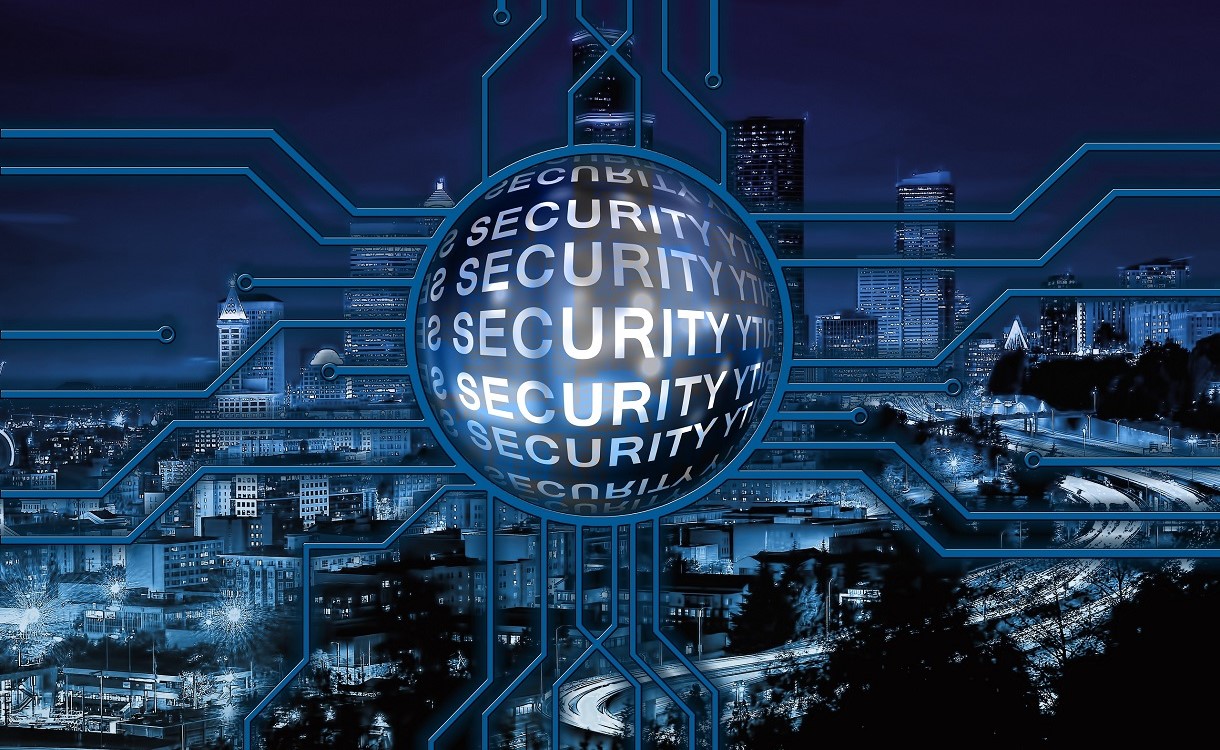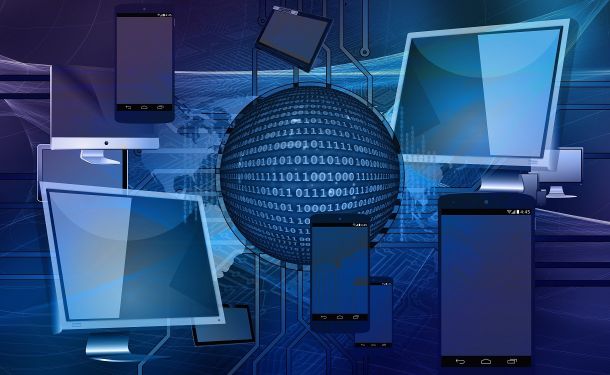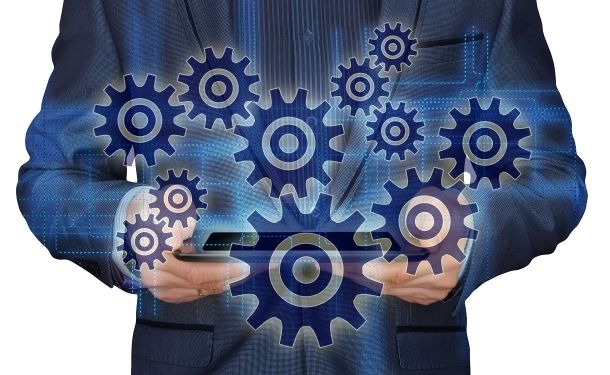Tips to secure your Tool Stack

Here are some top tips for protecting your tool stack from such threats in an effort to help the MSPs community:
Adequate Access & Control
Not everyone needs to be an administrator, super admin, master user, etc. Even though it may seem easier to give your techs access to everything, we've all been guilty of it at some point but that's not a wise idea. A disgruntled employee with such access can wipe out any critical data before leaving.
To protect ourselves from such events, adequate security levels need to be defined. This is done by assigning the required access to the engineers based on their role and ability to perform the daily tasks.
For instance, if your level 1's are not creating any scripts, you should not allow them the access level to deploy them. Do they really need access to view or copy passwords for everything? Need to restrict them to only allow using, and restrict the access to only one the need.
Multi-Factor Authentication (MFA/2FA)
A basic implementation these days makes your platform far more secure. You need to implement and enforce MFA for everyone across your tool stack. Most applications are now enforcing this, but still, few have kept it optional to be turned on.
By requiring MFA, usernames and passwords won't be enough, and your infrastructure will be protected by the second layer of security. This reduces the risk of a breach drastically, and sensitive data stays protected.
Employee Security & Training
To access a wider organization's network, most attacks target individuals or small teams within an organization. Educating employees on how to recognize and avoid common social engineering attacks that are used to trick them into disclosing sensitive information is the easiest way to protect them.
In order to mitigate cyber risk, you should train your employees to spot and report suspicious emails. Securing their machines with adequate antivirus and malware protection is a must as well.
Manage & Maintain
Some applications are hosted in-house and others are cloud-based. We can secure them by ensuring these applications are fully updated for all security vulnerabilities based on the latest release. Also, if it's a physical machine, operating system patching becomes really critical as well.
Plan ahead and inform your customers, and educate them about the importance of these maintenance periods. Be cautious not to act as a beta tester by upgrading applications or OS patches as soon as they are released. Instead, follow a hold period to allow yourself or the community time to evaluate the update.
Continuous Proactive Audits
Assign a tool specialized primary resource to conduct an extensive tune-up and a full system audit at periodic intervals, going through the logs, security, and other configurations.
We can help!
We are a dedicated team of RMM administrators, centralized services experts, and IT automation developers. Leverage our experience of working with 100+ MSPs & enterprises and rely on us to optimize, manage, and maintain your infrastructure.












